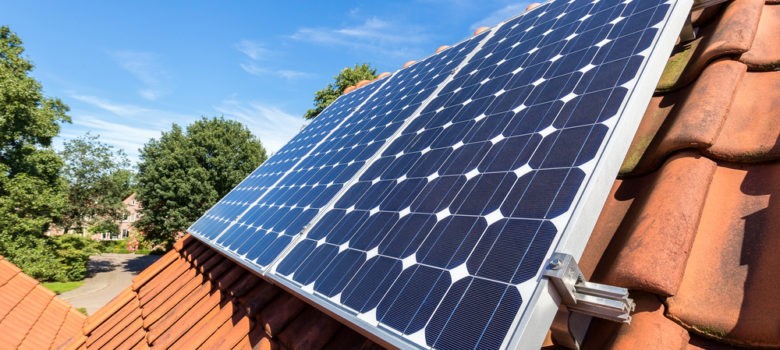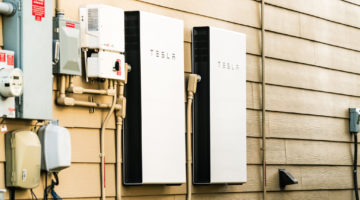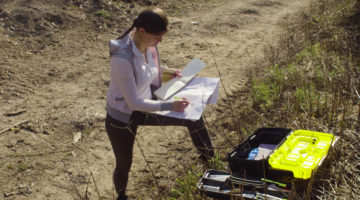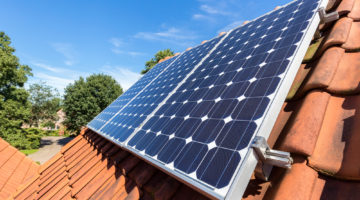
A lot has changed in recent years for the solar panel industry, and with all the developments a lot of people are left questioning whether solar panels are right for them or not.
Solar Panel 101
There are two types of solar panel
The panels that most of us think of are photovoltaic solar panels, otherwise knows as solar PV – that’s the ones we’re talking about here. Simply put, they convert the sun’s rays into electricity.
Solar thermal is a different technology with a different set of costs and subsidies, so it’s important when you’re researching that you know the difference. You can find out more about solar thermal here.
Government subsidies for solar panels are over
Up until recently, most people investing in solar panels were eligible for a government scheme called the Feed-in Tariff, which paid solar panel owners for generating and exporting renewable energy. Those already on the scheme can continue collecting these payments until the end of their 20 years contract, but new installations will no longer be eligible.
Free solar panels are over too
When the Feed-in Tariff was operating, a lot of companies were offering to install solar panels for free on people’s homes so they could collect on the FIT payments. Given that the scheme is now concluded, there are no longer any legitimate companies offering this. If you want solar panels these days, it’ll have to come out of your own pocket.
Solar panels are more about daylight more than sunshine
The fact that the UK is hardly a sun worshippers paradise doesn’t actually matter too much for solar panels. Although a bright sunny day will certainly help, even on those overcast days, solar panels can still generate electricity.
Positioning is everything
To really get a worthwhile generation from your panels you’ll need a predominantly south-facing roof with minimal shading.
If you live in the south of the country, you’ll find that you have higher generation rates too, owing to the curse of shady skies up north. The same 4kWp system might be generating 4,200 kilowatt hours down in Brighton, while up in Scotland it only reaches 3,500 kilowatt hours.
How much do solar panels cost?
While there is a whole lot of variation between different types, sizes, and systems, we’d estimate that a 3-4kWp solar PV array bought in 2019 would be around £5,000 – £8,000 (including installation).
How much can solar panels save me?
According to the Energy Saving Trust, a fairly standard 4kWp system could save you between £85 and £220 per year, depending on how much energy you use, where you are in the country, and when you’re at home.
If you’re at home during the day then your solar panels will inevitably save you more as you’re using the readily available electricity from the sunny hours.
Yearly Bill Savings on 4kWp Installation (last updated April 2019)
| Home All Day | Out Until 6PM | |
| London | £240 | £100 |
| Aberystwyth | £230 | £95 |
| Manchester | £230 | £95 |
| Stirling | £220 | £90 |
However, a battery can take these savings a whole lot further. Although the cost can range from £1,200 – £6,000 depending on the capacity and lifespan, a solar panel gives you the opportunity to take the power generated in the middle of the day when most people are at work, and use it in the evenings when you need it.
Think we missed something? Do you have a different opinion?
Comment below to get your voice heard…













So I should just wait until the new tariffs come in? Is that what you’re saying?
Our solar 6kW PV array has been up for four months and I thought it was a good time to have a look at their performance providing an unbiased report, based on real life experiences, illustrating power output on overcast, rainy and sunny days in the UK.
Video: https://youtu.be/wsyPOzZkKNY
More information on our array is available here: https://myhomefarm.co.uk/solar-pv-and-inverter-review
Would be very interested to hear comments and how our array compares to yours.